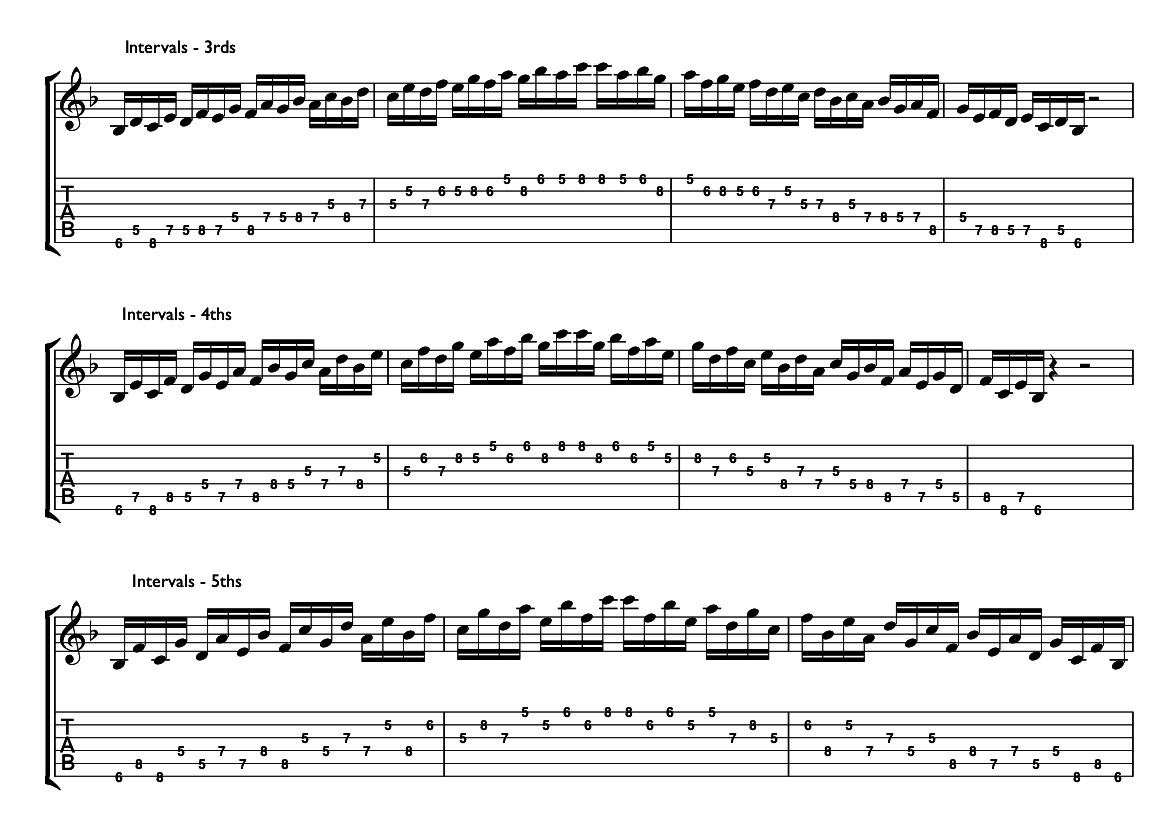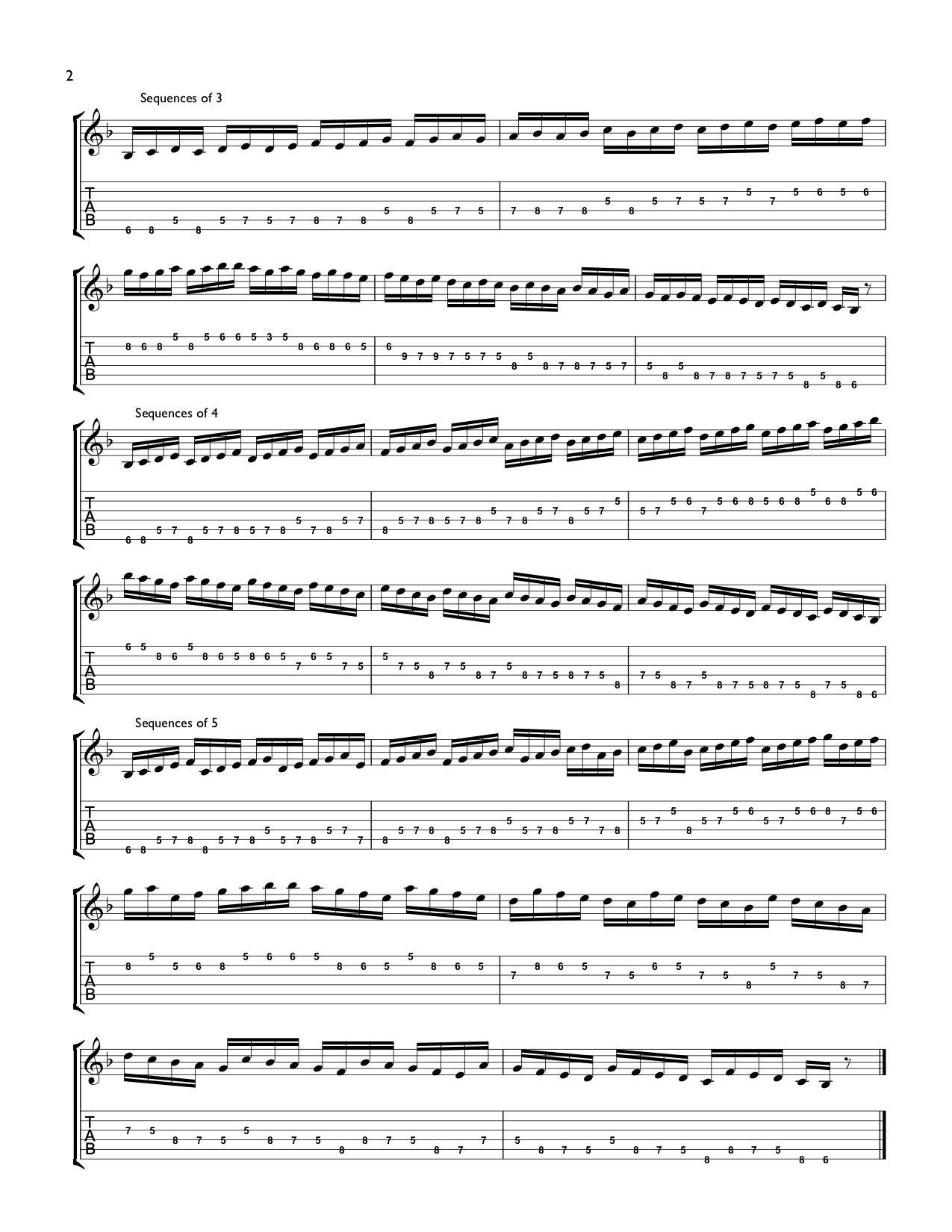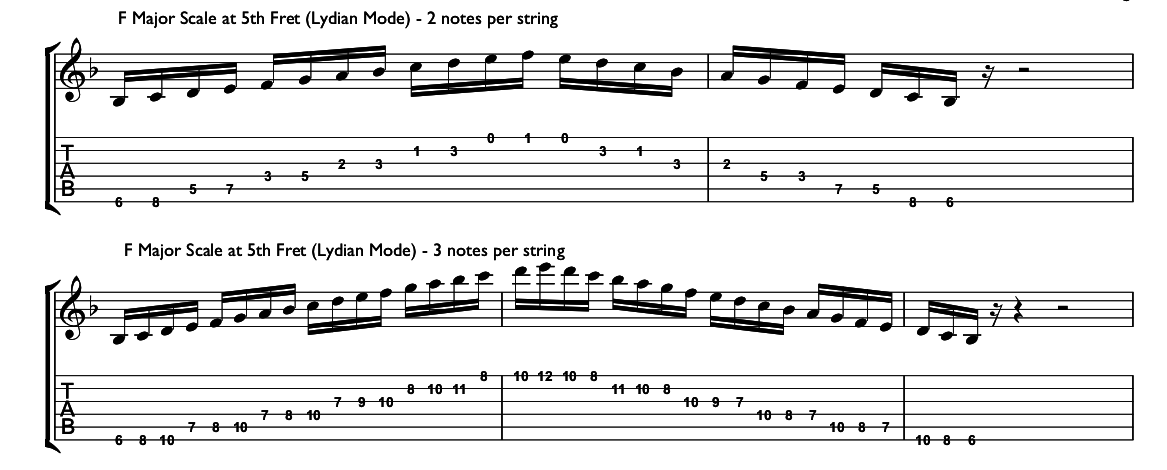Repetition and Focus
25 March 2018
Many of my pieces are born out of repetition and focus.
I start my practice sessions connecting with my inner calm, and approach my practice sessions from a place of beginner’s minded discovery. What was the first time you played anything? I was so free. I want to get back there every time I make sound.
Start playing and notice where your hands go, without controlling them. Observe what happens. My muscle memory takes over, and I make something that sounds somewhere between spaghetti western, recitative, koto and space. Rhythm free. It takes me 5-10 minutes to warm up this way, then I can focus on some trance-inducing exercises.
I begin by playing through modes of the major scale, and really kind of wander around them, looking for patterns to percolate up that have the slightest inkling of musical value to my ears. I always give myself a small challenge to keep things fresh – lately, I work through the circle of 5ths in one position, so I might start on Bb ionian:

..then move to F in the same position.

And so on. When I started out, I was shown to cycle through intervals and sequences in groups of 3 and 4, but I grew to apply that thinking with groups of 1 and 2 (great aid to learning where notes are on the neck), as well as 5 and 6 and on up. Here are some verbose examples with this F scale:
Intervals:

Sequences:

Notes per string:

You get the idea – there are multiple approaches to playing with scale material which I permute with groupings of 1-6 (I usually stop there, but you need not). You will find something worthy of repeating and permuting with time spent. I will quickly find something deserves technical attention and needs to be played slower and with more presence of mind. In slowing it down, I will hone in on something to repeat, which leads to permutations, and ultimately to something resembling a piece of music.
I’ve writing a bunch of music this way, which I’ll be diving into here. For me, these scale fragments permute into something engaging for the ear and hand.
So: the takeaways for practice time:
-
Start by sitting and observing what you naturally do.
-
Begin to add structure with simple scale exercises.
-
Look for interesting things to focus on and repeat, then evolve these to new exercises.
-
Any of this, of course, can be fodder for new music.
Here’s the last one from my notebook:

Comments powered by Talkyard.